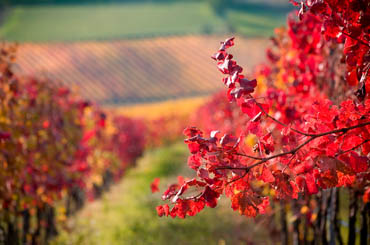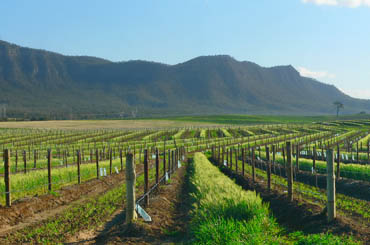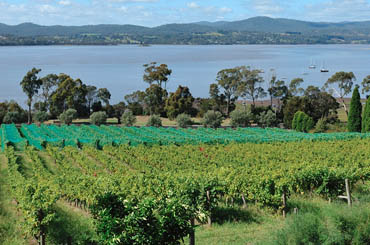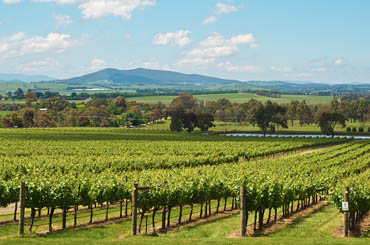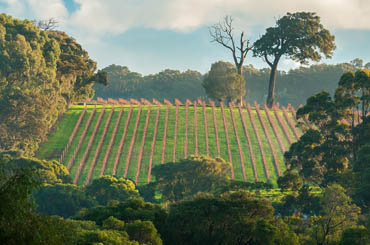The 2020 South Australian vintage
Barossa Valley:
Barossa Valley’s growing season rainfall was even lower than 2018, down 50% on average. Temperatures were cooler and drier than long-term average, and yields down 60–70%. Riesling and very aromatic grenache are the standouts. The Clare Valley was in drought, and this, coupled with poor set, resulted in the lowest yields in the last 40 years. Riesling is the one success – the tiny bunches of red wines with high tannins seem inescapable.Eden Valley:
Eden Valley in drought conditions had very low yields, but warm conditions (a strange contrast to the Barossa and Clare Valleys) resulted in excellent quality across the board.McLaren Vale:
McLaren Vale experienced spots of bizarre frost here and there, fruit-set drawn out except for a short but vicious heat spike. Consequentially, shiraz and cabernet yields were at an abysmal all-time low, yet grenache and petit verdot were close to normal, and overall quality was high, grenache a star.Adelaide Hills:
Adelaide Hills felt like a Punch and Judy show, with disastrous bushfires in parts, smoke damage in others, and yet no impact elsewhere. Overall, yields were way below long-term average. Quality for the wines that made it to bottle will be exceptional, with a bedrock of high natural acidity and pristine varietal flavours.Coonawarra:
Coonawarra started the growing season three weeks later than long-term average, but frosts came nonetheless, and cool, humid weather during flowering ultimately led to poor fruit- set. Yields were very low, similar to 2002, with small, thick-skinned berries, the red wines with vibrant colours and fine tannins.Langhorne Creek:
Langhorne Creek’s rainfall was very low through winter and spring until two days over 38°C in late November caused major damage to flowering. A calm, cool summer followed, but the damage was done: yields miserable, picking costs sky-high. Ironically, the quality is excellent, cabernet sauvignon leading the way.Wrattonbully
Wrattonbully had an unusually dry growing season, the weather cooler than normal, disrupting flowering, but leaving the fruit with perfect acidity and balanced varietal fruit flavours.Padthaway:
Padthaway had a very good time of it, the only quibble being lower yields than those of the previous year. The cool weather up to flowering continued through to harvest, with no rain events to upset ripening or picking. Shiraz, cabernet sauvignon, sauvignon blanc and chardonnay stood out with good natural acidity, and exceptional colour and balanced flavours in the red wines.Kangaroo Island:
Kangaroo Island attracted nationwide evening news with the fierce bushfires that devastated 45% of the island’s surface. These fires destroyed the largest and most important winemaker’s vineyard, house, shearing shed, irrigation pumps, water tanks, bird nets and all equipment except the tractor. The Islander Estate winery itself was saved, and with it all the wine from the 2019 vintage and before.Mount Benson and Robe:
Mount Benson and Robe, two adjacent regions in the Limestone Coast Zone, suffered less than most, with no smoke taint a huge relief. But red grape varieties were 60% down, white varieties 30% down.The Riverland:
The Riverland will be remembered for the wonderful depth and brightness of the colour. Shiraz and merlot joined hands with sweet spicy flavours and mouth-watering tannins. Chardonnay, sauvignon blanc and pinot gris continued the good things in small parcels, but shiraz will be the best variety, though yields are significantly down.To discover more regional insights from the 2020 Australian vintage – click here.




